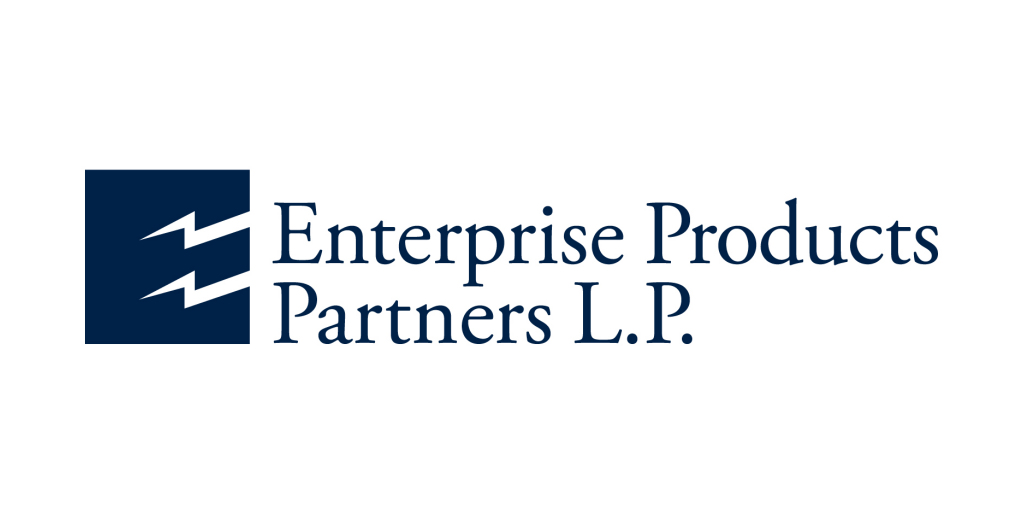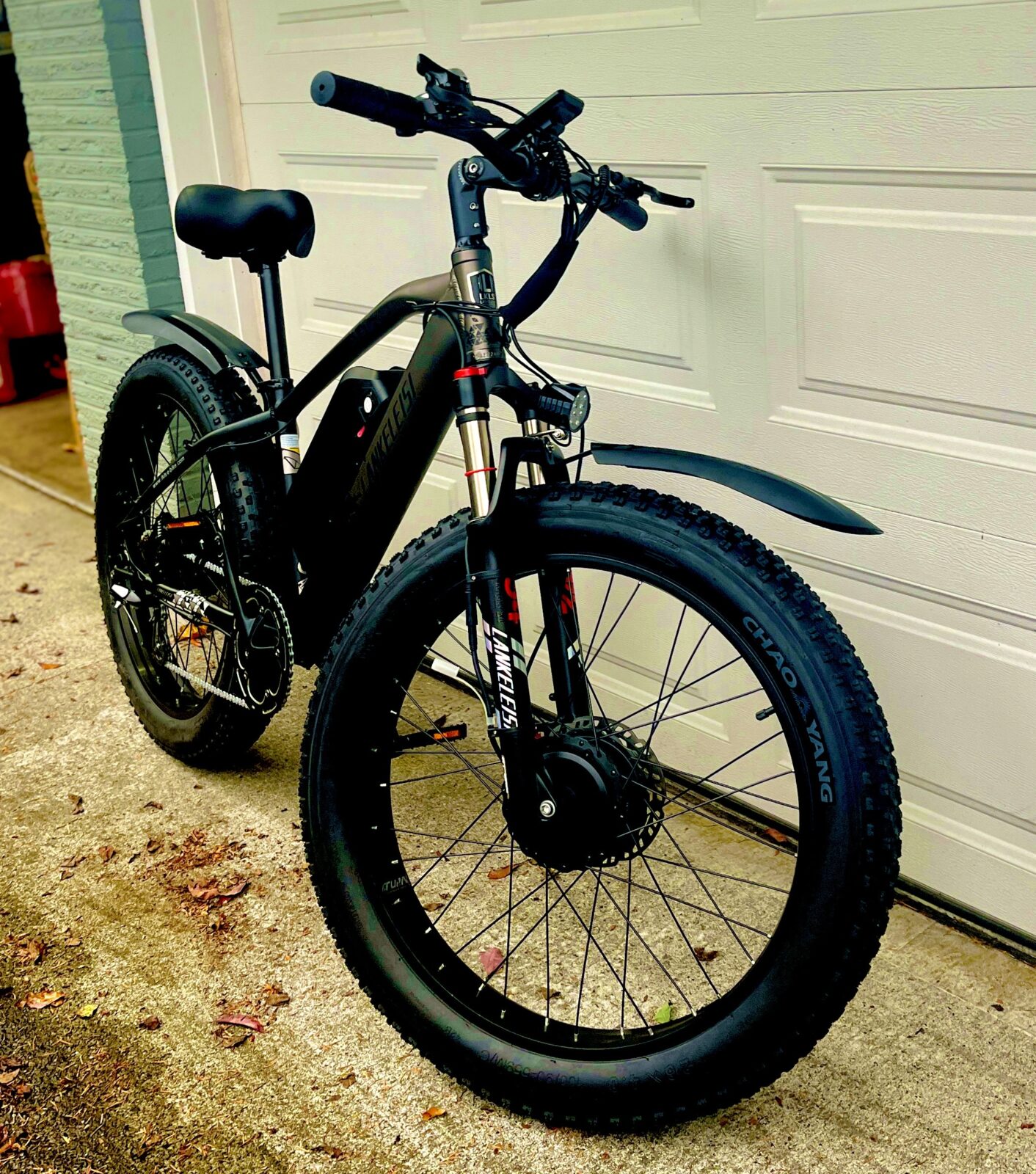Support CleanTechnica’s work through a Substack subscription or on Stripe.
Part of the chain of renewable energy and the transition from fossil fuels is how to handle carbon-intensive products and byproducts of society and push for low carbon content at source, at processing, or disposal. At Rockwell Automation’s 2025 Automation Fair, a panel of industry leaders offered a rare, unified look at how automation is enabling low-carbon transformation across manufacturing.
The discussion, moderated by Rockwell’s EMEA head of public relations Stan Miller, explored how advanced control systems, digital traceability, and electrochemical innovation are converging to reshape circular production and regulatory compliance. Taken together, the dialogue illustrated a central theme: automation is no longer a supporting tool — it is the backbone of emerging decarbonization strategies.
The session brought together experts whose technologies operate in entirely different segments of heavy industry yet face the same transition pressures. Bolder Industries founder and CEO Tony Wibbeler described how scrap tires, traditionally destined for landfills or tire-derived fuel, are being depolymerized into new feedstocks such as recovered carbon black and circular oils.
Utility Global COO Derek Kramer outlined an electrochemical route for cost-competitive clean hydrogen production, featured from industrial waste gases, which CleanTechnica already featured. Circulor’s commercial operations director Bill Zierolf detailed how digital traceability is being deployed across critical mineral and battery supply chains to meet a rising tide of disclosure mandates. Though their domains vary, all three leaders pointed to automation as the differentiating factor enabling consistency, economic viability and regulatory alignment.
Kramer said clean hydrogen is being shaped almost entirely by policy pressure, particularly in Europe and Asia where carbon-intensity scoring is now tied to financial consequences. Steelmakers and petrochemical producers must cut emissions without compromising global competitiveness. He argued that Utility Global’s electrochemical module which Tina Casey wrote about here, allows facilities to lower scope 1 through scope 3 emissions while producing hydrogen at a levelized cost below market alternatives. Automation underpins that value proposition. A new hydrogen technology must overcome not only technical hurdles but also the economics of retrofitting capital-intensive plants. Automated control ensures the efficiency and stability required to produce hydrogen that meets both cost and carbon benchmarks, easing adoption for risk-averse heavy manufacturers.
Wibbeler described similarly strong regulatory drivers in the circular materials space. European producer-responsibility rules are shifting end-of-life liability to tire companies just as regions begin restricting tire-derived fuel. With carbon black markets tightening and OEMs facing their own emissions disclosures, demand for domestic, non-petroleum circular feedstocks is accelerating. Bolder Industries, which has maintained in-spec product since 2019, relies on precise automation to standardize depolymerization across facilities in Missouri, Indiana, and a new site under construction in Antwerp.
Unlike mature manufacturing sectors, tire depolymerization has no established labor pipeline. Automation not only ensures quality but becomes an integral training and workforce-development tool. According to Wibbeler, labor is the company’s largest cost; embedding automation into every phase of the process drives consistency, reduces operating expense and enables rapid replication of the model globally.
When the conversation turned to digital traceability, Zierolf emphasized that transparency is no longer optional. Automakers must now validate the provenance and embedded carbon of battery materials under regulations such as the EU’s battery passport. The greatest barrier, he said, is the reluctance of upstream suppliers to share proprietary data. Circulor’s SaaS platform addresses those concerns by establishing controlled data pathways, integrating with on-site systems and automating emissions accounting that previously relied on spreadsheets. Automation shifts traceability from a manual, error-prone exercise into an auditable digital record.
That record not only drives compliance but enables manufacturers to identify upstream emissions hotspots, remediate suppliers and use transparency as a market differentiator. Zierolf cited examples ranging from Hitachi Rail’s aluminum and battery supply chains to consumer-facing QR codes on Volvo vehicles. Even battery recyclers now use automated traceability as evidence that recovered “black mass” is produced responsibly.
As discussion moved toward system-level impacts, Kramer positioned hydrogen as a foundational, long-term component of the global energy mix. Hydrogen carries three times the energy of natural gas and produces none of its fugitive emissions, but its viability depends on widespread production with low carbon intensity. Automation will be essential to that scale-up, ensuring reliability, minimizing operational overhead and enabling continuous optimization of energy use.
Wibbeler concluded by reframing circularity in terms of responsibility rather than sustainability. Nearly 90% of a tire originates from petroleum. Recovering that material repeatedly, he argued, offers the most practical emissions reduction achievable in the near term. Localized manufacturing amplifies the impact, shrinking transport emissions and reducing dependence on imported carbon black. Bolder Industries views its platform not solely as tire recycling but as a prototype for circular materials manufacturing across other petrochemical-derived products. Automation makes that repeatability possible.
The session demonstrated that while decarbonization technologies vary — from electrochemical hydrogen production to AI-driven traceability to controlled tire depolymerization — they share a common infrastructure. Automation enables consistent quality, lowers production cost, creates verifiable data, and embeds regulatory readiness into industrial systems.
As global markets tighten carbon constraints, it will be automated intelligence, not individual equipment innovations, that maps the practical pathway to a low-carbon manufacturing future.
Sign up for CleanTechnica’s Weekly Substack for Zach and Scott’s in-depth analyses and high level summaries, sign up for our daily newsletter, and follow us on Google News!
Have a tip for CleanTechnica? Want to advertise? Want to suggest a guest for our CleanTech Talk podcast? Contact us here.
Sign up for our daily newsletter for 15 new cleantech stories a day. Or sign up for our weekly one on top stories of the week if daily is too frequent.
CleanTechnica uses affiliate links. See our policy here.
CleanTechnica’s Comment Policy


.jpg)

